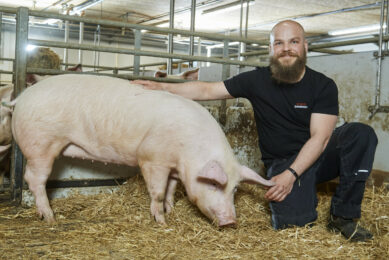Economical change not in the short term

Even though US hog producers are trimming their sow herds because of the high cost of feed, analysts say producers may not be profitable again before next spring.
During June, July and August, farms reduced their breeding hogs by 3 percent from a year ago and 1 percent from the previous quarter, the Agriculture Department has reported.
That cutback is expected to lead to a reduction in the number of hogs being slaughtered in 2009, pushing up prices. “Prices should be higher this fall and next spring, still below break even. We’re going to continue run at a loss,†said John Lawrence, an economist at Iowa State University.
Consumers are likely to see higher prices for pork in the supermarket after the first of the year, he said.
Producers made money in May and August, but those have been the only profitable months over the past year, Lawrence said. He said he expected prices to top the break-even point, about 60 cents per pound, during the second and third quarters of next year.
Nationally, the breeding herd was cut to 6.05 million from over 6.2 million in the past year. Iowa farms, however, bucked the trend and maintained the same number at 1.07 million. Farms in North Carolina, the no. 2 producer of hogs in the US, cut their breeding number by 3 percent.











